The City Of Lights, Love, and Art: Paris, France
Hands down, no contest, in so many ways, Paris is the best place in the world to seek out what qualifies for many as a rich and full life.
Café afternoons and Michelin-starred nights… gallery openings and museum exhibitions… seasonal celebrations and centuries-old festivals… bookstores and antique shops… luxury brands and farmers markets… fashion weeks and dance clubs… conversation groups and cooking classes… live theater… live music… movie cinemas showing first-run and foreign flicks (in English)… an active artist community… specialty food shops… spas and salons…
All in a setting of architectural delights and historic landmarks… shady squares and well-tended parks…
Today, the Marais is one of Paris’ most trendy and desirable neighborhoods. The Marais is also home to many restaurants, cafes, and boutiques, many of which stay open on Sundays, an unusual practice in France.
The Marais still retains so much of the medieval character that was bulldozed in the 19th and 20th centuries for bigger and better structures in other parts of the City of Light—but thankfully not the medieval smell.
The most prevalent smell these days emanates from the numerous seductive boulangeries (bakeries) and pâtisseries (pastry shops).
To live in the Marais is to live in the heart—geographic, cultural, historical, architectural, and social—of this city that is considered by so many to be the ground zero of refined western culture.
The Marais oozes culture and history. The neighborhood has an excess of historical sites and museums.
The day-to-day life here is vibrant and active.
Hands down, no contest, in so many ways, Paris is the best place in the world to seek out what qualifies for many as a rich and full life.
Café afternoons and Michelin-starred nights… gallery openings and museum exhibitions… seasonal celebrations and centuries-old festivals… bookstores and antique shops… luxury brands and farmers markets… fashion weeks and dance clubs… conversation groups and cooking classes… live theater… live music… movie cinemas showing first-run and foreign flicks (in English)… an active artist community… specialty food shops… spas and salons…
All in a setting of architectural delights and historic landmarks… shady squares and well-tended parks…
Today, the Marais is one of Paris’ most trendy and desirable neighborhoods. The Marais is also home to many restaurants, cafes, and boutiques, many of which stay open on Sundays, an unusual practice in France.
The Marais still retains so much of the medieval character that was bulldozed in the 19th and 20th centuries for bigger and better structures in other parts of the City of Light—but thankfully not the medieval smell.
The most prevalent smell these days emanates from the numerous seductive boulangeries (bakeries) and pâtisseries (pastry shops).
To live in the Marais is to live in the heart—geographic, cultural, historical, architectural, and social—of this city that is considered by so many to be the ground zero of refined western culture. The Marais oozes culture and history. The neighborhood has an excess of historical sites and museums.
Cost Of Living In The Marais, Paris
Of course this could-be utopia is not without its drawbacks. Paris is an expensive city and the Marais is one of its most expensive neighborhoods. For access to the heart of Paris, there is no better location. The cost of living for this prime location amounts to 2,860 euros per month.
Apartment or House Ownership Budget (for a couple)
Apartment or House Rental Budget (for a couple)
Penny-Pincher’s Budget (for a couple, bare minimum costs for all)
Things To Do In Paris
Real Estate In The Marais, Paris
The Marais is also a breeding ground for cafe culture, an epicenter of fine cuisine, and home to many a cozy bistro and open air market. Foodies will not be disappointed with the offerings within a stone’s throw of their front door.
Property prices, both for owning and renting, are sky high for very little space. With these heightened prices come more expensive groceries, boutiques, dry cleaners, restaurants—you name it—than in most other neighborhoods, with the notable exception of the other expat-invaded Parisian neighborhood, Saint-Germain-des-Prés.
Expats In The Marais, Paris
Roughly a quarter of the Marais’ population was born outside Metropolitan France, so as an expat living in this neighborhood, you will certainly not be alone.
For some, it’s actually a negative that so much English can be heard in the streets, cafes, and restaurants of the Marais. But aside from the sheer numbers, the organization of the expat community is impressive.
Few foreign cities have as strong and as established an Anglophone expat community as Paris.
Real Estate In Paris And How To Recognize A Good Buy
Most importantly, if you’re thinking about entering the Paris property market, here are three critical criteria behind any good purchase…
1. Location. This comes down to both the arrondissement and the neighborhood. Look at things like proximity to food shops and open markets… proximity to parks, gardens, and areas for jogging, for example… and proximity to Metro stops and train stations… these things are important both for your own enjoyment and also for attracting renters…
2. Characteristics. Carefully examine what the building offers—including the façade, the stairwell, the elevator (or lack thereof), a courtyard, etc.—as well as the apartment itself. Valuable characteristics in a Paris apartment include things like parquet, moldings, fireplaces, shutters, and original fixtures and hardware. A cave (underground storage place, intended originally and specifically for wine) is another good characteristic…
3. Price. Again, the most expensive addresses in Paris are found in the 6th, 7th, 1st, 5th, 3th, and 8th arrondissements… in that order. Prices are recorded and reported religiously and reliably by the notaires in Paris, making it easy for you to get an idea of what you should spend for whatever and wherever, exactly, you want to buy…






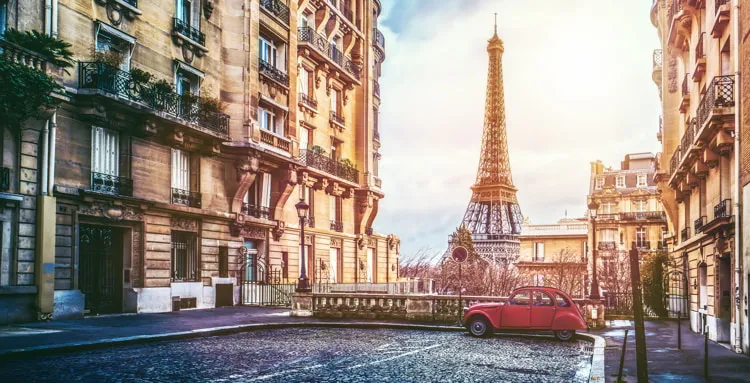




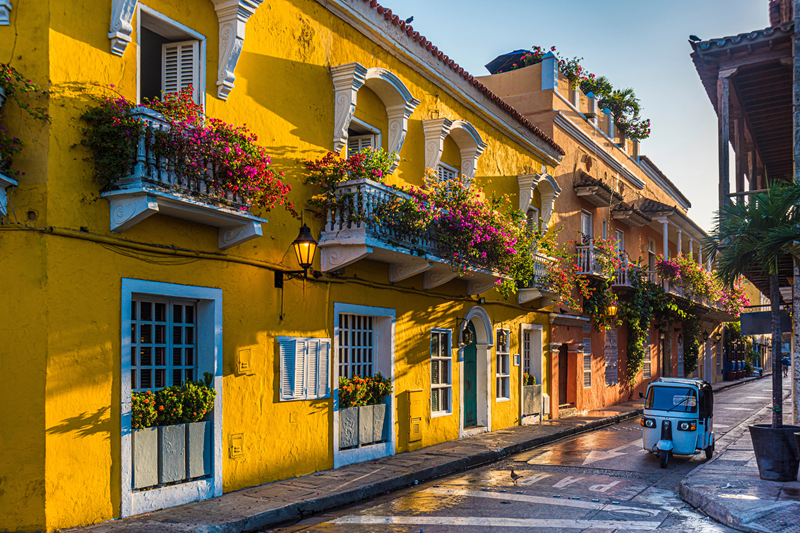 . '
. '
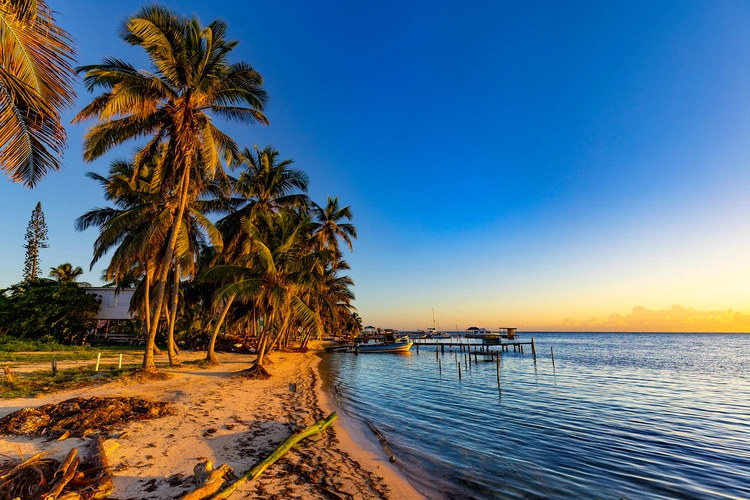 . '
. '
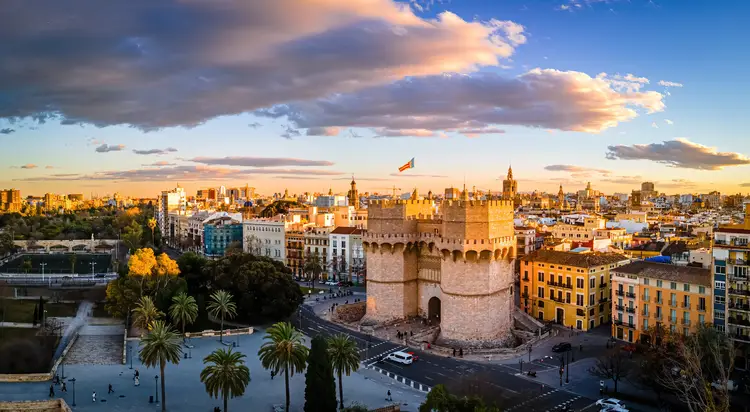 . '
. '
 . '
. '
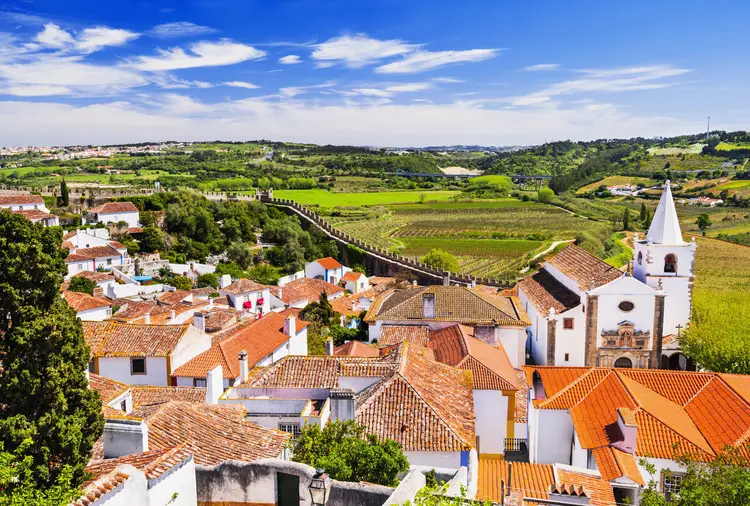 . '
. '








